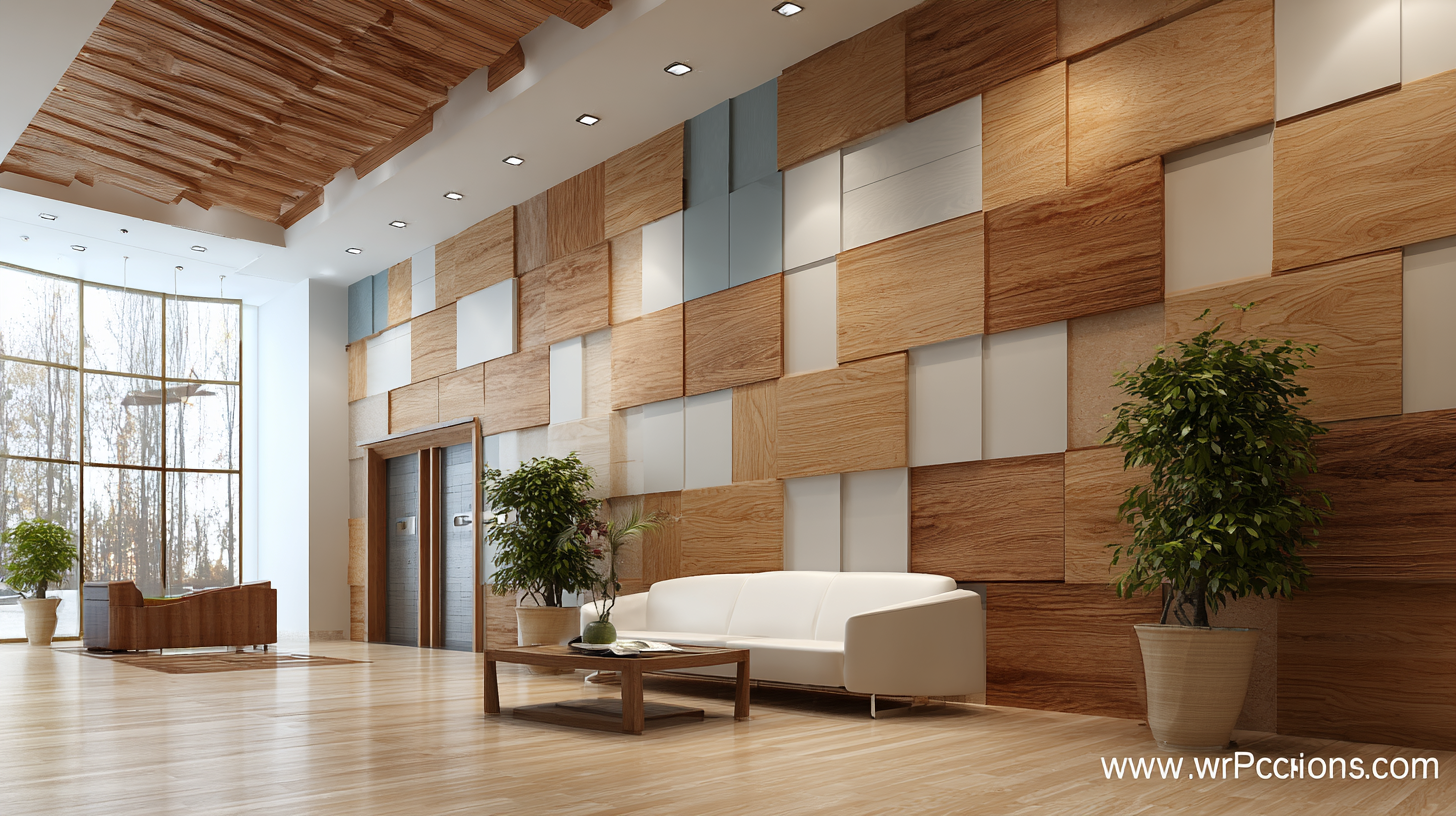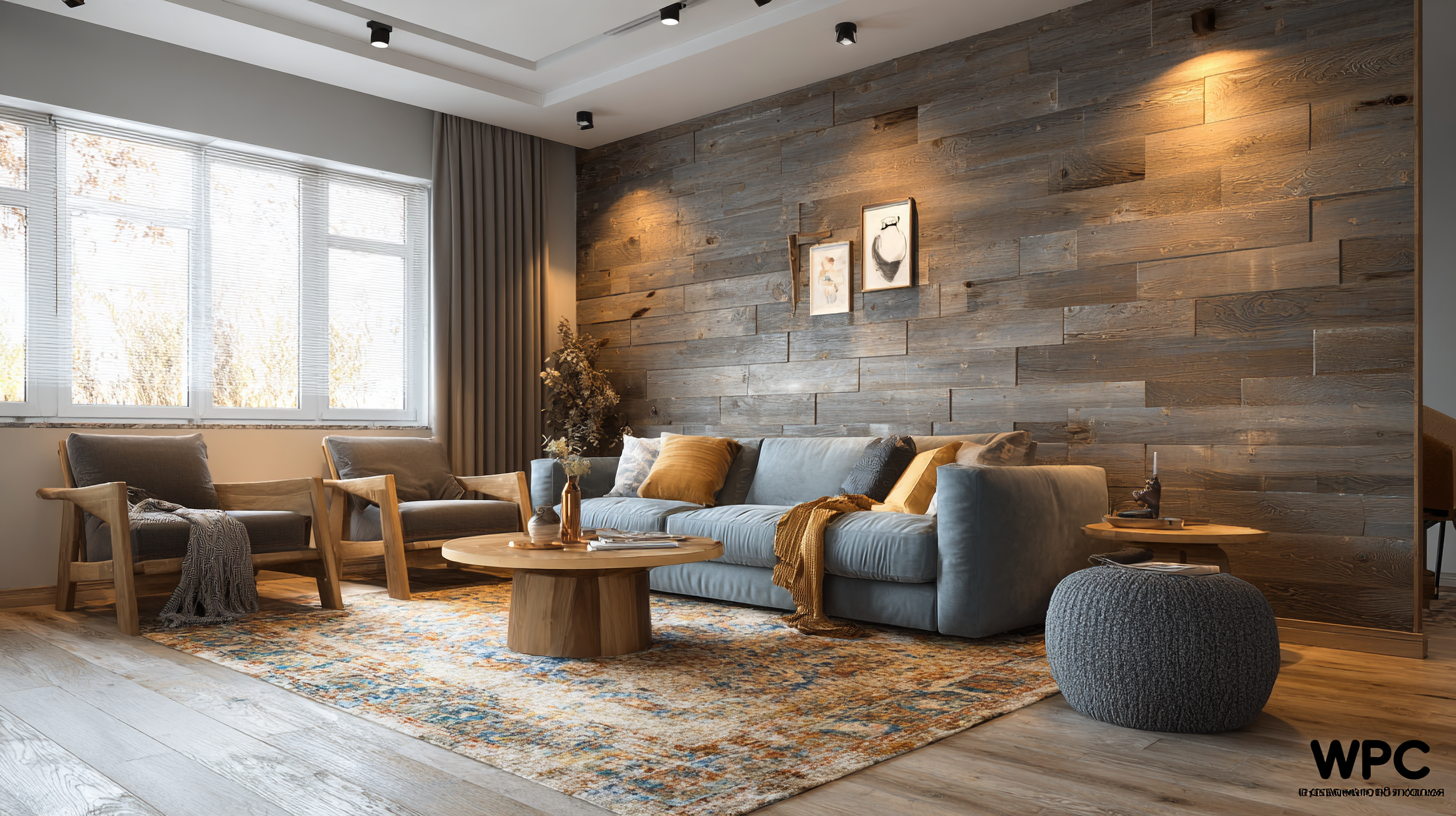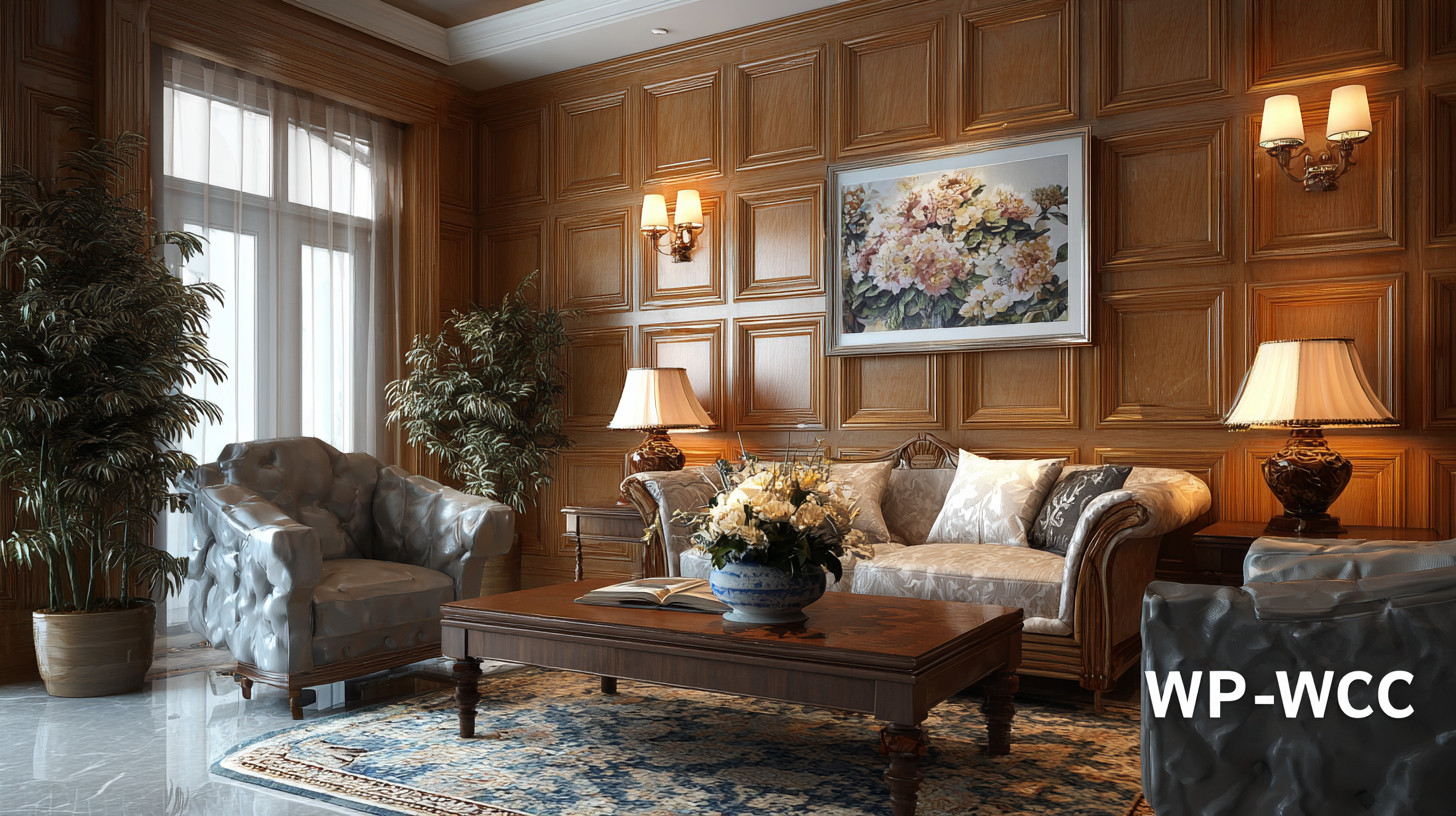
In today's competitive market, sourcing high-quality suppliers for Interior WPC Wall Panels is crucial for ensuring optimal product quality and customer satisfaction. With the global WPC market projected to reach approximately $9.3 billion by 2025, driven by increasing demand for sustainable and durable building materials, manufacturers must be strategic in their supplier selection process. According to a report by Grand View Research, the Asia Pacific region is anticipated to dominate the WPC market, further emphasizing the need for businesses to navigate this landscape effectively. A robust checklist can guide manufacturers in identifying reliable suppliers, evaluating their practices, and ensuring compliance with industry standards, ultimately leading to better quality products and a competitive edge.

When designing interiors, the quality of materials can significantly influence the final aesthetic and longevity of the space. In the context of WPC wall panels, understanding the factors that contribute to high quality is paramount. High-quality WPC panels not only enhance the visual appeal of interiors but also provide durability, moisture resistance, and ease of maintenance. This makes them an ideal choice in competitive markets where aesthetics and practicality are equally important.
Tips for Sourcing Quality Suppliers:
1. Conduct thorough research on potential suppliers’ histories and customer reviews. Look for suppliers that have established a reputation for delivering high-quality products consistently.
2. Attend industry events such as SURFACES China to network with manufacturers and gain insights into the latest innovations in WPC technology. These events often feature key players in the market, giving you access to firsthand information about quality standards and supplier capabilities.
3. Request samples and certifications from suppliers to verify their claims about product quality and sustainability. Ensuring that the materials meet industry standards can prevent issues down the line and guarantee that you're investing in the best options for your project.
The WPC (Wood Plastic Composite) wall panel market is experiencing significant shifts driven by evolving consumer preferences and environmental considerations. As the demand for high-quality interior finishes continues to rise, current market trends indicate a robust interest in WPC materials, due, in part, to their durability and eco-friendliness. The latest statistical insights reveal that the demand for WPC wall panels is on an upward trajectory, particularly in residential and commercial applications where aesthetic appeal and sustainability are prioritized.
According to recent industry reports, the setup of manufacturing plants for WPC foam boards highlights key factors such as machinery advancements, raw material sourcing, and cost efficiency. The insights provided by commodity market analyses suggest that potential supply constraints, notably in the raw materials arena, might influence pricing and availability in the coming years. With projections indicating a growing market for sustainable building materials, stakeholders must strategically navigate the current landscape to secure high-quality suppliers, ensuring that they meet both the aesthetic and functional demands of their target market while remaining competitive.

When sourcing high-quality suppliers for WPC wall panels, evaluating their credentials is paramount. Suppliers should showcase industry-recognized certifications that reflect their commitment to sustainability and quality. Look for certifications like the Global Recycled Standard (GRS) or B Corp accreditation, which verify that a supplier adheres to environmental and social responsibility standards. These certifications can bolster your confidence in their products as they demonstrate a genuine commitment to sustainability, helping your business to avoid "greenwashing" and aligning with eco-conscious consumer expectations.
**Tips:**
1. **Request Documentation:** Always ask for copies of certifications during your supplier evaluation process. Genuine suppliers should readily provide evidence of their compliance with industry standards.
2. **Look Beyond Price:** While competitive pricing is important, it shouldn’t be the sole criterion. Assess the overall value provided by the supplier, including their adherence to quality certifications.
3. **Stay Updated on Industry Standards:** The landscape of sustainability certifications is ever-evolving. Regularly educate yourself on new certification programs relevant to the WPC industry so you can make informed decisions.
This bar chart illustrates the number of suppliers with key certifications in the WPC industry. As competition enhances, these certifications become crucial for ensuring quality and compliance in products.
When it comes to sourcing high-quality WPC wall panels, choosing between local and global suppliers is crucial. Local suppliers often offer advantages such as shorter lead times, easier communication, and the ability to quickly assess product quality. They understand regional market demands and can provide tailored solutions that align with local preferences. Additionally, sourcing locally can reduce transportation costs and environmental impact, making it an attractive choice for businesses looking to enhance their sustainability footprint.
On the other hand, global suppliers can provide a wider range of options and potentially lower prices due to economies of scale. They often have access to advanced technologies and materials that may not be available locally. This can be particularly beneficial for businesses seeking innovative designs or specialized products. However, managing logistics and quality control can be more challenging with overseas suppliers, requiring a robust system for oversight and communication to ensure that product standards are consistently met.
Ultimately, the decision between local and global suppliers should be based on a variety of factors, including budget, product specifications, and the importance of sustainability in your procurement strategy. Balancing these considerations will help businesses secure the best quality WPC wall panels in a competitive market.

When evaluating the cost-effectiveness of high-quality WPC (Wood Plastic Composite) wall panels, it's essential to consider their long-term savings and overall value proposition. According to a 2021 report by MarketsandMarkets, the WPC market is projected to grow from USD 5.6 billion in 2021 to USD 10.4 billion by 2026, indicating a significant shift towards sustainable building materials. High-quality WPC panels, while potentially more expensive upfront, offer durability and resistance to moisture, insects, and warping, which can substantially reduce maintenance and replacement costs over time.
Furthermore, a recent study conducted by the Green Building Council reveals that investing in high-quality materials can yield returns exceeding 15% over the lifespan of a building. These panels not only enhance the aesthetic appeal but also contribute to energy efficiency, resulting in lower heating and cooling expenses. The initial investment in high-quality WPC wall panels thus translates into overall savings, providing homeowners and businesses with both economic advantages and a commitment to sustainable construction practices. By prioritizing these quality materials, stakeholders can ensure they maximize the value of their investments in a competitive market.
| Supplier Criteria | Rating (1-5) | Average Cost per Panel | Durability (Years) | Long-Term Savings (%) | Value Proposition |
|---|---|---|---|---|---|
| Material Quality | 5 | $30 | 20 | 25% | Excellent durability and aesthetics. |
| Sustainability | 4 | $28 | 15 | 20% | Eco-friendly material with lower impact. |
| Customer Support | 4 | $25 | 10 | 15% | Responsive service and warranty options. |
| Delivery Time | 3 | $22 | 8 | 10% | Average delivery times, affects project deadlines. |
